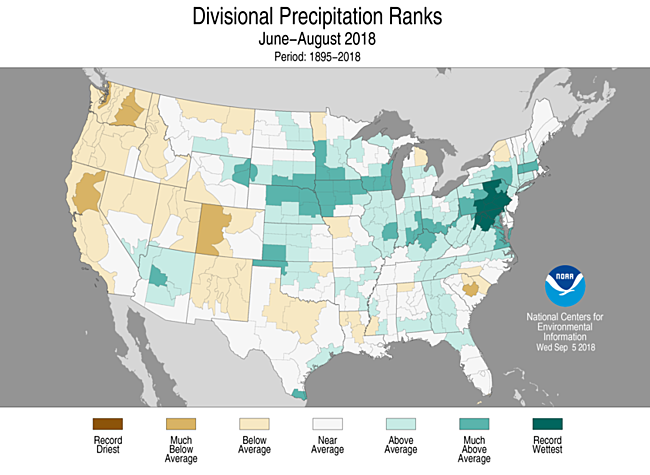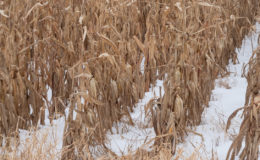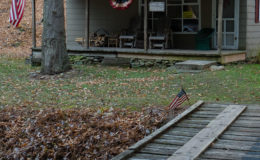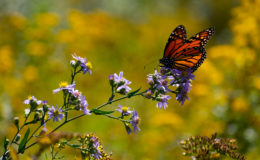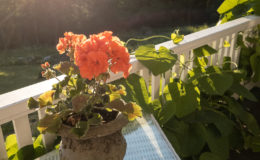If it’s gonna be a rainy day
There’s nothing we can do to make it change
We can pray for sunny weather
But that won’t stop the rain.
– Jim Morrison
I live in an old resort community, on the edge of the Pocono plateau in Pennsylvania. This is an old settlement, founded in the 1880’s on either side of a what was then the main road between towns. In the center of the community, there is a creek that runs below a 70-80-year-old masonry culvert.
Over the years, the road, still owned by the township, services only a few properties beyond our community. It is no longer a main thoroughfare.
The creek at this point is perhaps 200 yards from its inception in an artesian spring, one of many that bubble up in the surrounding woodlands. Being so close to the source, there is little watershed to feed the creek. Typically, by late July, the creek bed under the road is dry. In the 30 years I have lived there, this has always been the case.
In the last 3 years the culvert has been deteriorating to a point where it needed replacement. it’s an expensive proposition, and the Township has been struggling to find the money.
A state grant was obtained, and the job bid out. This spring we were told, that the “culvert” would finally be replaced in the late summer when the creek ran dry.
Unfortunately, however the summer of 2018, about the wettest summer in my memory. As of early October, the stream is running as vigorously as though it was late March.
As it turns out my memory is fairly good. According to NOAA, this is been a record here for rainfall in my region.
Now I want to recognize devastating effects caused by hurricanes, that have already occurred and will apparently occur again in the southern US. The fact is however, we’ve had more rainfall as compared to normal than anywhere in the U.S.
The wet summer has had a variety of consequences. Fall foliage is clearly delayed by at least a week or maybe two, and many trees apparently affected by the super-saturated soils have already lost their leaves prior to any change in color. I understand that this is particularly true of apple trees. Sometime in the summer, both of my apple trees dropped their foliage, and then feebly tried to push out a second crop of sparse greenery.
It is a great year for mycology. In both the forests, and the lawns, I have never seen a greater variety of mushrooms springing up in places they are not generally seen.
It has been a constant battle to fix the washouts of the gravel driveway that leads to up to my barn. My house painter, who works on part of my house every year, is so delayed that I doubt he will get to me.
As I alluded to in an early article, on any warm day biting insects remain a significant problem even at this late date due to the persistence of vernal pools.
As I write this (October 9) we have just enjoyed a 3 day weekend of fog, mist and intermittent downpours. It was so humid, in the outdoors, that my X100F autofocus started to act strangely, only to return to normal in my dry studio.
At our location and altitude, normal peak foliage time is around 15 October, yet at this point, with less than a week to go , most of the foliage is still green. It will be interesting to see the effect of all of this rain on the quality of the colors when they finally occur.
I’m afraid I am not optimistic.



